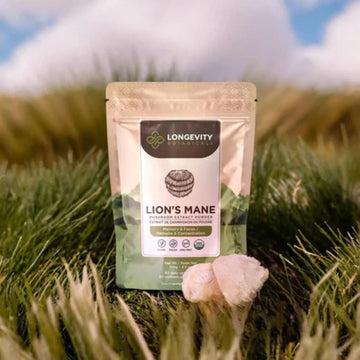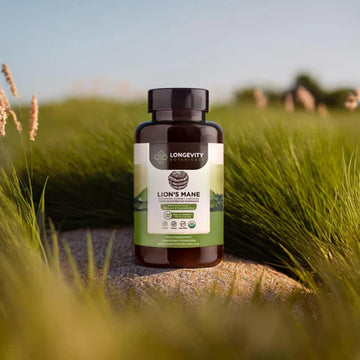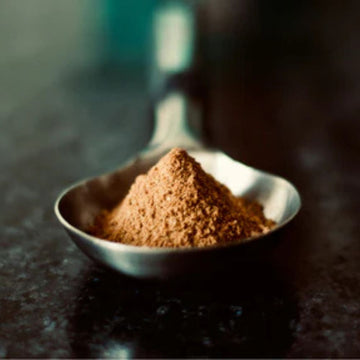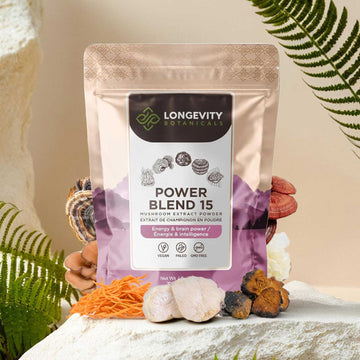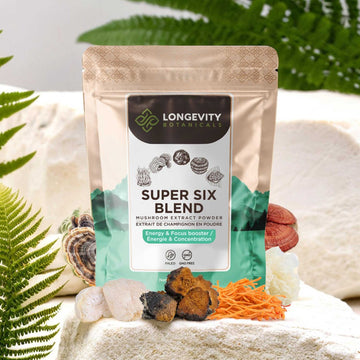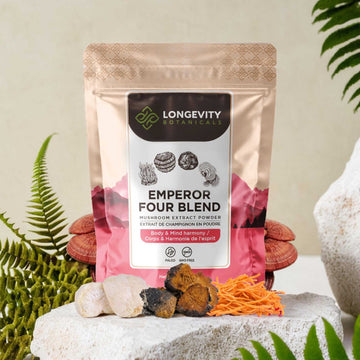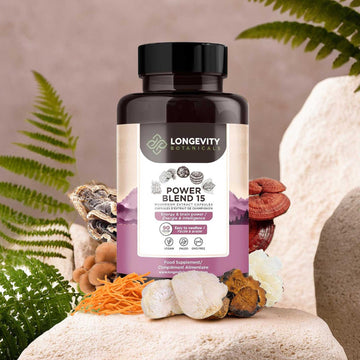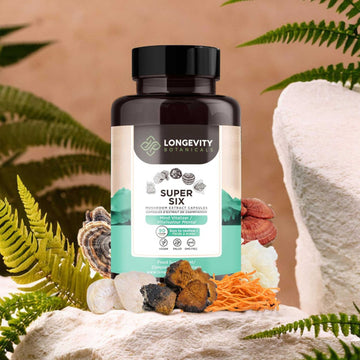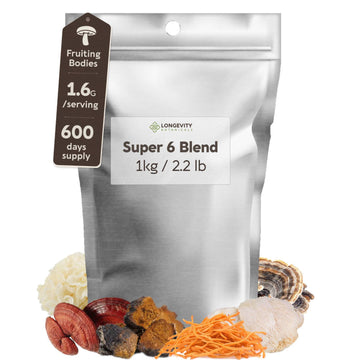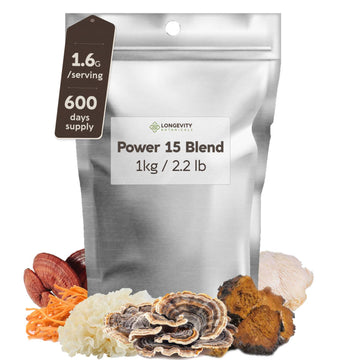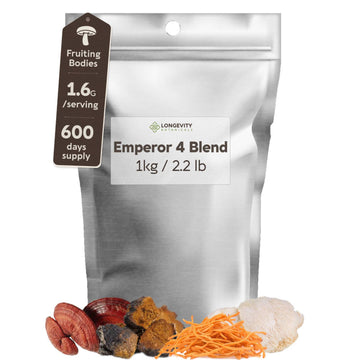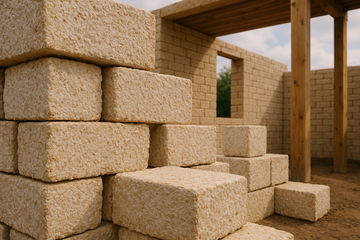In recent years, mycelium—the root structure of fungi—has emerged as a groundbreaking, sustainable alternative to conventional building materials. Researchers and startups around the world are harnessing its natural binding properties to grow bricks, panels, and insulation that are lightweight, fire-resistant, and carbon-neutral. From experimental towers at MoMA’s PS1 courtyard to pilot homes in Namibia, mushroom-based construction is moving from lab to field, promising a future of biodegradable, low-energy architecture. This article explores what mycelium is, how it’s being used in construction today, real-world case studies, key benefits and challenges, and the exciting outlook for building mushroom homes.
What Is Mycelium?
Mycelium is the vegetative network of filamentous cells (hyphae) that fungi use to absorb nutrients from organic matter. Unlike the fruiting bodies we call mushrooms, mycelium can be grown on agricultural waste—such as grain husks or wood chips—acting as a natural glue that binds particles together to form solid blocks and panels
When kept under controlled conditions of moisture, temperature, and aeration, mycelium hyphae interweave through a substrate, digesting and fusing it into a cohesive material. Once fully grown, the composite is heat-treated to stop further growth, yielding a stable, lightweight, and biodegradable product
How Mycelium Is Used in Construction
Growing Bricks and Blocks
Companies like Ecovative Design pioneered the idea of “myco-bricks,” growing blocks of mycelium bonded with agricultural byproducts to yield bricks that are 60 times lighter than conventional clay bricks and naturally fire-resistant
These myco-bricks achieve compressive strengths up to 0.2 MPa—modest compared to standard bricks (≥28 MPa)—but are ideal for non-load-bearing walls, insulation panels, and decorative elements where weight and environmental impact are critical considerations
Structural Demonstrations
Architects and engineers have showcased mycelium’s architectural potential in landmark installations. In 2014, The Living built the 40-foot “Hy-Fi” tower at MoMA PS1, using 10,000 mycelium bricks grown on corn stalks and compressed into cylinders that formed a porous, self-supporting structure—a powerful proof-of-concept for large-scale mycelium assembly
More recently, MycoHAB opened the world’s first fully structural mycelium building, “MycoHouse 1.0,” using proprietary “MycoBlocks” derived from oyster mushroom mycelium digesting agricultural waste to create load-bearing panels and beams
Real-World Case Studies
Namibia’s MycoHab Housing Initiative
In Namibia, the non-profit MycoHab transforms invasive bush species into both gourmet mushrooms and construction materials. After harvesting oyster mushrooms, the spent mycelium and bush substrate are pressed into “mycoblocks” that store 0.8 kg of CO₂ per kilogram of material, offering a carbon-negative alternative to concrete
MycoHab’s pilot home, built with these mycoblocks, addresses both environmental challenges (bush encroachment and burning) and social needs (affordable housing), though transport costs and drying times remain hurdles to large-scale adoption
Mycotecture and Urban Renewal
“Mycotecture,” championed by architect Chris Maurer of Redhouse Studio, feeds demolition waste—wood, ceiling tiles, asphalt—to fungi, which break down toxins and regrow into new mycelium composites. Bricks pressed from these composites have demonstrated twice the pressure resistance of concrete, pointing toward regeneration of blighted urban areas with minimal waste
Benefits of Mushroom-Based Construction
Environmental Sustainability
Mycelium materials are fully biodegradable and can be composted at end-of-life, closing the loop on construction waste. Their production emits minimal greenhouse gases compared to cement or fired clay bricks, and the substrates can upcycle agricultural byproducts that would otherwise decompose or be burned
Thermal and Acoustic Performance
Mycelium composites naturally insulate, with R-values comparable to polystyrene foam. They also absorb sound, making them excellent for interior partitions in homes and offices. Ecovative’s “Greensulate” packaging technology laid the groundwork for such insulation applications
Fire Resistance
Once heat-treated, mycelium materials char rather than ignite, providing fire ratings on par with gypsum board. This inherent fire resistance reduces reliance on chemical retardants
Challenges and Limitations
Structural Strength: While strong enough for non-load-bearing uses, mycelium composites currently lack the compressive strength needed for primary structural elements without reinforcement or hybrid designs
Production Scale and Speed: Growing mycelium takes days to weeks, and scaling facilities to meet construction industry demand requires significant investment in controlled-environment bioreactors—barriers that startups are racing to overcome
Moisture Management: Untreated mycelium can degrade under high humidity. Advances in sealing, coatings, or composite hybrids are needed to ensure long-term durability in diverse climates
The Future of Mushroom Homes
Researchers are exploring genetic and process engineering to enhance mycelium’s growth rate, binding strength, and resistance to pathogens. NASA is even investigating mycelium as a habitat material for lunar and Martian colonies, where its low-mass, in-situ resource utilization properties could be invaluable
On Earth, second-generation mycelium composites—blended with biopolymers or reinforced with natural fibers—promise structural performance competitive with low-grade concrete, opening doors to entire homes grown in modular molds
Conclusion
Mushroom-based construction is shifting from novelty demonstrations to viable pilot projects addressing sustainability, waste reduction, and affordable housing. While challenges remain in strength, scale, and moisture protection, rapid advances by companies like Ecovative Design and innovators worldwide suggest that, in the coming decade, elements of our homes—from insulation panels to entire wall systems—could indeed be grown from fungi.
